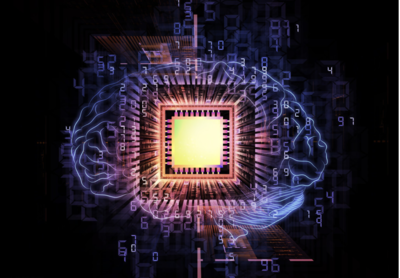
With the further combination of visual technology and smart home products, it is expected to maintain a growth rate of about 21% by 2025. With the development of technology, intelligent vision begins to be closely combined with smart home, enriching the efficacy of household cameras, which can not only meet the hard needs of family security, but also realize multi-hardware loading and multi-scene extension driven by intelligent vision technology.
With the rapid development of the new generation of generative AI, such as ChatGPT, smart home is gradually moving from passive response to intelligent interaction and active intelligence. The premise of active intelligence is the sensitive cognition of smart home to the outside world and the ability of intelligent vision and algorithm analysis, which has become the key to the competitiveness of the smart home industry.
Smart vision transforms the home from passive to active
At present, the vision system has penetrated into all aspects of smart home applications, not only a function needed for security, but more widely used in emotional care, creating a comfortable environment and other scenarios.
For example, in home security scenarios, smart vision is applied to home cameras, smart cat eyes, smart locks and other visual products, integrating cloud storage, abnormal interface inspection, automatic recognition, remote prompt and other services, to provide users with a controllable home security environment and convenient and intelligent home solutions.
In terms of creating a comfortable environment, intelligent vision, voice assistant, video sharing and other services are combined. According to the sweeping robot, intelligent sensor, intelligent water purifier, air monitor and other intelligent products. , can make full use of the cognitive advantages of visual smart home products, to provide users with active interaction, active adjustment of the comfortable home environment.
Intelligent voice and intelligent touch products are mainly passive interaction, starting from the user and issuing commands in the form of voice or touch operation panel. Intelligent vision is based on the device as the starting point, independent cognition and export implementation results or suggestions to users, customers according to the results or suggestions to further complete specific interactive feedback.
In terms of market, according to public data, the scale of intelligent visual products for household in China reached 33.1 billion yuan in 2020, with a compound annual growth rate of 53.5% since 2016. With the further integration of smart vision technology and smart home products, it is expected to maintain a growth rate of around 21 percent until 2025.
In the intelligent home system, the intelligent vision originally started from the security monitoring system, the main development and transplantation of traditional security. However, with the popularity of smart home, home intelligent vision has gradually formed an independent market model and runway.
With the development of technology, intelligent vision begins to be closely combined with smart home, enriching the efficacy of household cameras, which can not only meet the hard needs of family security, but also realize multi-hardware loading and multi-scene extension driven by intelligent vision technology.
As smart home gradually changes from passive interaction to active interaction in the past, smart vision is expected to realize multi-scene linkage with smart home products in the future. On the one hand, intelligent vision vendors can get direct feedback through commodity sales and value-added services, thus providing product and technology iteration direction to upstream module production and AI chip and algorithm suppliers.
On the other hand, based on cloud platform operation experience and accumulation, intelligent vision manufacturers can be used for commodity model training, so as to improve algorithm accuracy and product compatibility. Even some intelligent vision manufacturers can provide standardized intelligent modules and open cloud platform services for other companies, enabling small and medium-sized manufacturers with products and technologies to continuously expand the ecological chain, explore users' pain points, and develop new scenarios of home intelligent vision.
Cloud and intelligent vision binding
As smart vision evolves, we can see another technology providing a key boost in its development, and that is cloud computing and cloud storage. Although the efficiency of edge AI is increasing, the edge computation rate is still very limited due to the hardware power consumption, and it is not practical to hand over the entire process to the previous collection computation rate.
Therefore, after collecting information, intelligent vision will encode the information and transmit it to the cloud platform, and then analyze it according to the artificial intelligence algorithm, and then feed back the command to every device in the smart home, so as to realize multiple functions such as security warning and intelligent control.
However, for cloud computing manufacturers, they not only need to calculate and solve the problem of information collection, but also need to complete information security protection, low delay, active warning, abnormal warning and other services. It also means that this type of active intelligent interaction is currently in the cloud, making it difficult to implement local AI computing.
Cloud computing service projects can be generally divided into three levels, namely IaaS (infrastructure as a service), PaaS (platform as a service), and SaaS (software as a service). According to the analysis of China ICT, the global cloud computing market, represented by IaaS, PaaS and SaaS, will reach $225.3 billion in 2020. The average market growth is expected to be around 18% in the next few years, and the market size will exceed $350 billion by 2023.
Public data shows that cloud platform and the most important application data, audiovisual data, image data and other key connection data. In 2020, the market size of video related equipment cloud platform for life scenes is 2.8 billion yuan, and it is expected that the compound annual growth rate of the market size in the next five years will reach 26.9%, and the market size will grow to 9.1 billion yuan in 2025. In 2020 and 2025, visual-related devices will account for 48% and 62% of the total market size of lifestyle cloud platforms.
In addition to computing and value-added services, another important role for cloud platforms is to help visual home products store video data. Although smart visual products themselves already have a certain amount of memory space, the current trend in the market is for more and more products to be gradually added to cloud storage.
For manufacturers, who want to have a reliable AI model, the desensitization data they collect also requires a lot of memory space. For users, cloud storage is the best choice to reduce cost and time due to the volume and power consumption of the terminal itself and the service life of the memory card. Manufacturers can use it as a value-added service to increase revenue, and customers can use a small cost to guarantee complete image data and reduce the number of memory card changes.
Conclusion
In the vision technology from the field of outdoor security to indoor, intelligent vision first plays an important role in smart home. In addition, intelligent vision can not only bring security precautions to smart home, but also achieve great achievements in emotional protection, intelligent cleaning and other scenarios. More importantly, with the addition of the cloud platform, smart vision is gradually transforming the smart home from passive interaction to active interaction. Manufacturers can also train AI models through intelligent vision + cloud platform to continuously provide better services for customers.
The Products You May Be Interested In
 |
TPCM-2.4-5 | CMC 2.41MH 5A 2LN TH | 383 More on Order |
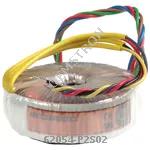 |
62054-P2S02 | XFRMR TOROIDAL 15VA CHAS MOUNT | 107 More on Order |
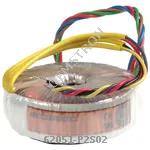 |
62051-P2S02 | XFRMR TOROIDAL 15VA CHAS MOUNT | 184 More on Order |
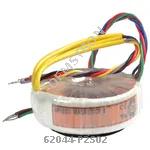 |
62044-P2S02 | XFRMR TOROIDAL 10VA CHAS MOUNT | 336 More on Order |
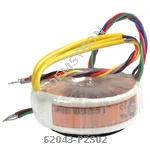 |
62043-P2S02 | XFRMR TOROIDAL 10VA CHAS MOUNT | 304 More on Order |
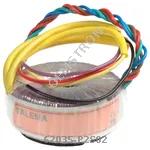 |
62035-P2S02 | XFRMR TOROIDAL 7VA CHAS MOUNT | 369 More on Order |
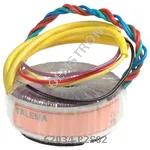 |
62034-P2S02 | XFRMR TOROIDAL 7VA CHAS MOUNT | 441 More on Order |
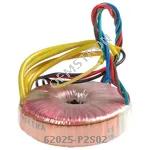 |
62025-P2S02 | XFRMR TOROIDAL 5VA CHAS MOUNT | 218 More on Order |
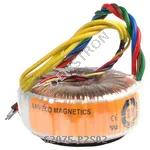 |
62075-P2S02 | XFRMR TOROIDAL 35VA CHAS MOUNT | 406 More on Order |
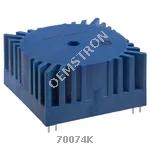 |
70074K | XFRMR TOROIDAL 35VA THRU HOLE | 380 More on Order |
 |
70072K | XFRMR TOROIDAL 35VA THRU HOLE | 313 More on Order |
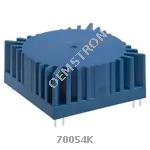 |
70054K | XFRMR TOROIDAL 15VA THRU HOLE | 262 More on Order |
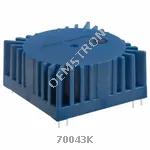 |
70043K | XFRMR TOROIDAL 10VA THRU HOLE | 309 More on Order |
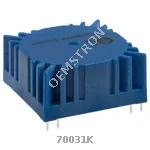 |
70031K | XFRMR TOROIDAL 7VA THRU HOLE | 481 More on Order |
 |
70024K | XFRMR TOROIDAL 5VA THRU HOLE | 486 More on Order |
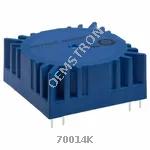 |
70014K | XFRMR TOROIDAL 3.2VA THRU HOLE | 309 More on Order |
 |
70011K | XFRMR TOROIDAL 3.2VA THRU HOLE | 420 More on Order |
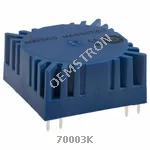 |
70003K | XFRMR TOROIDAL 1.6VA THRU HOLE | 140 More on Order |
 |
70002K | XFRMR TOROIDAL 1.6VA THRU HOLE | 280 More on Order |
 |
62015-P2S02 | XFRMR TOROIDAL 3.2VA CHAS MOUNT | 210 More on Order |
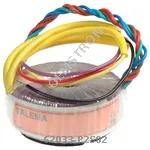 |
62033-P2S02 | XFRMR TOROIDAL 7VA CHAS MOUNT | 360 More on Order |
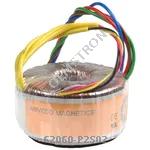 |
62060-P2S02 | XFRMR TOROIDAL 25VA CHAS MOUNT | 3963 More on Order |
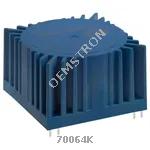 |
70064K | XFRMR TOROIDAL 25VA THRU HOLE | 2293 More on Order |
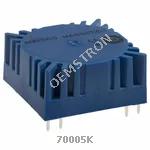 |
70005K | XFRMR TOROIDAL 1.6VA THRU HOLE | 401 More on Order |

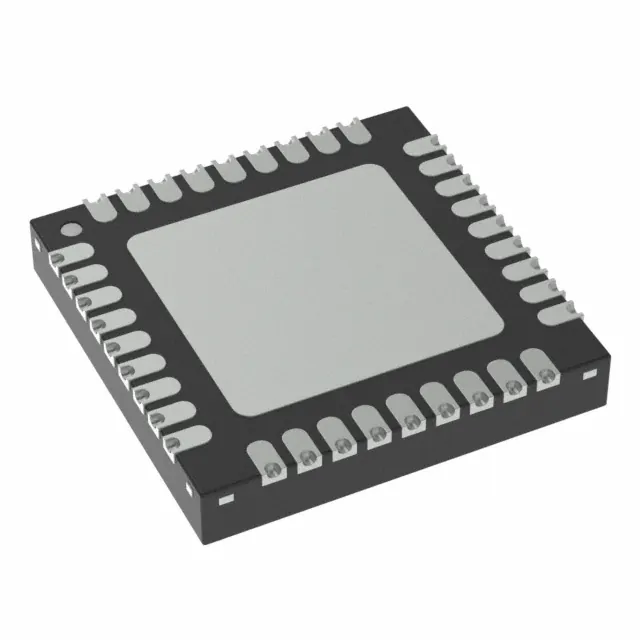 Semiconductors
Semiconductors









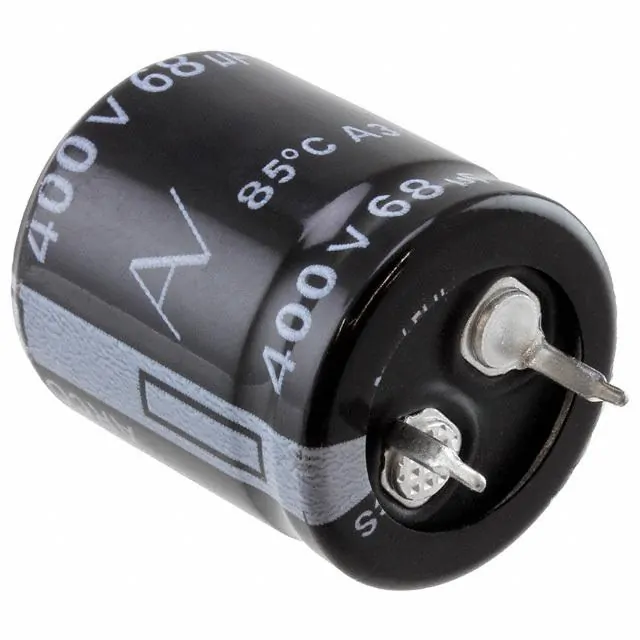 Passive Components
Passive Components









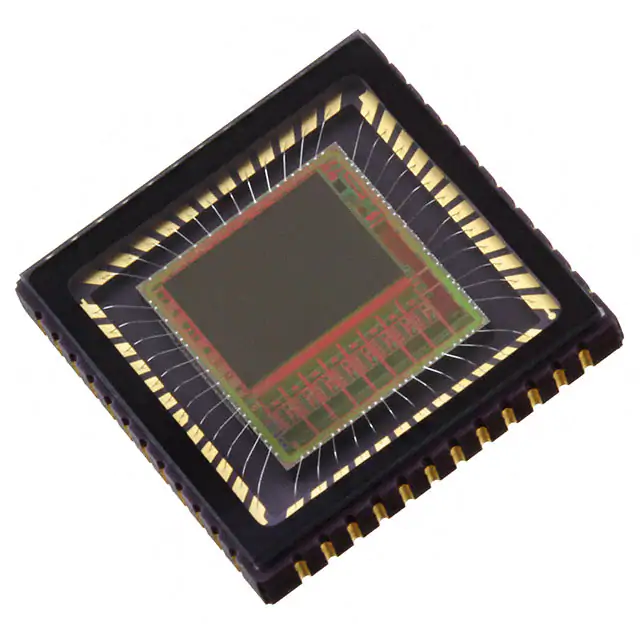 Sensors
Sensors








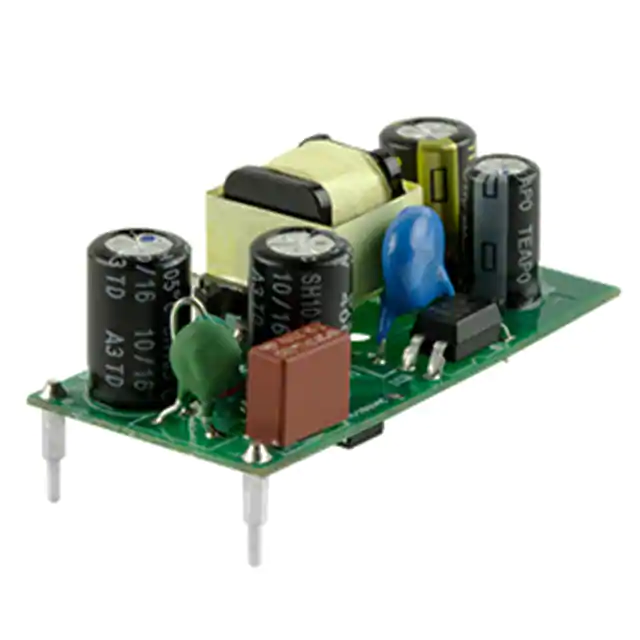 Power
Power









 Optoelectronics
Optoelectronics








